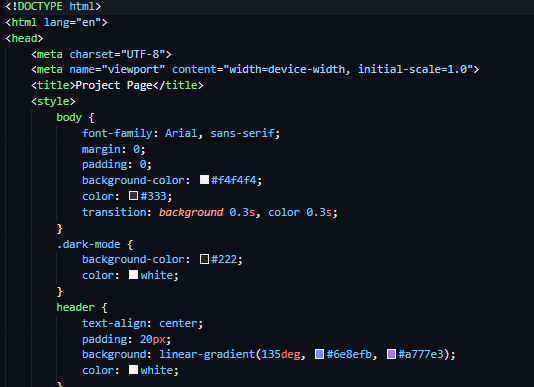Context
- I typically deal with last minute UI jobs that are defined without any design input. E.g. we need your help to fix something or make it look prettier. The overall experience is often not clearly defined.
- UX and design thinking is poorly understood where I work, most people don’t know what I do or how I can help.
- This is written for my fellow comrades in UI and UX design but I believe the approach is applicable to any white collar office role.
Why did this come about
I’m passionate about enabling teams and individuals to create well thought out experiences, unfortunately this often feels impossible. I’m engaged late in the process when key strategic or technology decisions have already been made. What little involvement I have is compressed into a short timeline.
My observation when people (including me) are approached to do a piece of work that’s already ‘defined’ is that we default to fight mode:
- Have you considered…
- This wont work because of x…
- We should do more research / user testing…
- There’s not enough time…
- etc.
As you can guess I wouldn’t be writing this if that worked. We tend to write off the legitimacy of ideas we haven’t been involved in defining. Surprisingly, immediately challenging someones idea, in the open or in your head doesn’t lead to positive first impressions.
The approach
What I’m aiming for is fast alignment, helping them uncover potential UX issues and building a good relationship with the stakeholder. Once this is done I start the formal work.
So here we go:
- Start by being curious, ask questions empathize with the person, the situation they are in and what they are trying to achieve.
💡 Understanding the history of the work is one of the most important pieces of information at this point, that context is gold.
- Visualize your thoughts on the idea as soon as possible. This could be a diagram, storyboard or digital prototype. The key here is to not overthink it and be quick. You start this in the initial meeting but ideally take some time to digest the information and do further research.
- Share your interpretation and thoughts visually as soon as possible. Ideally within a day or two of the initial meeting. A visual can get alignment on ideas very quickly. By the end of this I have a much better idea if we share the same version of reality.
💡 I often get some push back at this point. Sharing something that is not perfect can be hard. It’s a common experience in my world for people to fear sharing early drafts.
- Refine and strongly encourage seeking wider feedback on the idea, the visuals will help with this. Either though guerrilla user testing or sharing with colleagues. Typically a properly constructed round of research won’t be possible (I’m not a one man agency). Just do what you can to get feedback on the idea.
- Keep your stakeholder engaged and communicate in simple language, don’t use design jargon if it’s not appropriate. Ultimately aim to work with them and build trust.
💡 Bonus tip: look for opportunities to connect people who are working on other parts of the experience but not directly connected to the piece of work. Silos are an unfortunate reality and generally lead to disjointed experiences.
- Suggest improvements and share your thoughts. I find they are much more receptive to additional ideas and approaches by this point. Ideally I’ve highlighted some potential challenges and have a great starting point to plan how to address them.
I try to do this within the first week after an initial conversation. The faster the better.
What next – its not perfect
- I’m still experimenting with this approach and it’s by no means a new approach, external agency’s are great at doing this, but I notice it less within large organizations.
- In a way it’s a stripped down design thinking process but I’m careful to avoid the lingo associated with it. For some reason design thinking has become a phase that invokes negative feelings in some people.
- Generally the influence I can have on the final outcome is minimal if it’s I’m engaged late. What I focus on is playing the long game, building trust with the stakeholder or team hoping that in future they will come to me earlier in the process.
- What scares me the most with this approach is setting expectations that I will always be available last minute and will willing work fast to deliver something. I try to be clear that this isn’t the ideal approach, but lets get though this and I’ll give you some advice as we go. The effectiveness of this largely depends on the empathy level of the stakeholder.
Unfortunately most designers will never work in an organization that fully understands or values designers or design thinking, I’ve found pockets of hope but never felt valued by senior leadership.
It’s never going to be perfect, but working with someone, meeting them where they’re at, rather than working against them has been rewarding and helps to establish a better starting point for the rest of the design and build process.

Leave a Reply